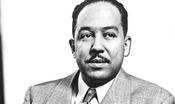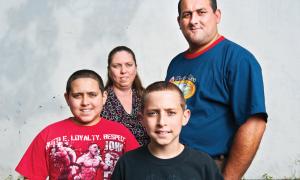article
4,340 Results
text
Literature
I, Too

Langston Hughes, a voice of the Harlem Renaissance, writes of a black man banished to the kitchen when company arrives. This same man looks to the future, for a day when he will sit at the table to eat with company, because he, too, is an American.
July 5, 2014
article
author
article
What We're Watching
Dim the lights and get ready to learn with these TT-approved films!
page
Teach This: Current Events
Our “Teach This” discussion guides are easily adapted for in-person, asynchronous, or virtual learning. We’ll be adding new resources up until the election, so be sure to check back often or sign up for Future Voters
August 17, 2020
article
text
Informational
On Whose Shoulders I Stand
Deborah Walker recalls that, growing up in segregated Birmingham, Alabama, fear and rage lived side by side. She credits her lifelong fight for equity to her guardian angels.
November 18, 2014
author
article
Stand Up and Be Counted
An important date awaits in April, and it’s coming sooner than April 15.The Census Bureau has designated April 1 as "National Census Day," the date for mailing census forms to bureau offices. Households that don’t get their forms sent off by then will get a visit from a census taker.


